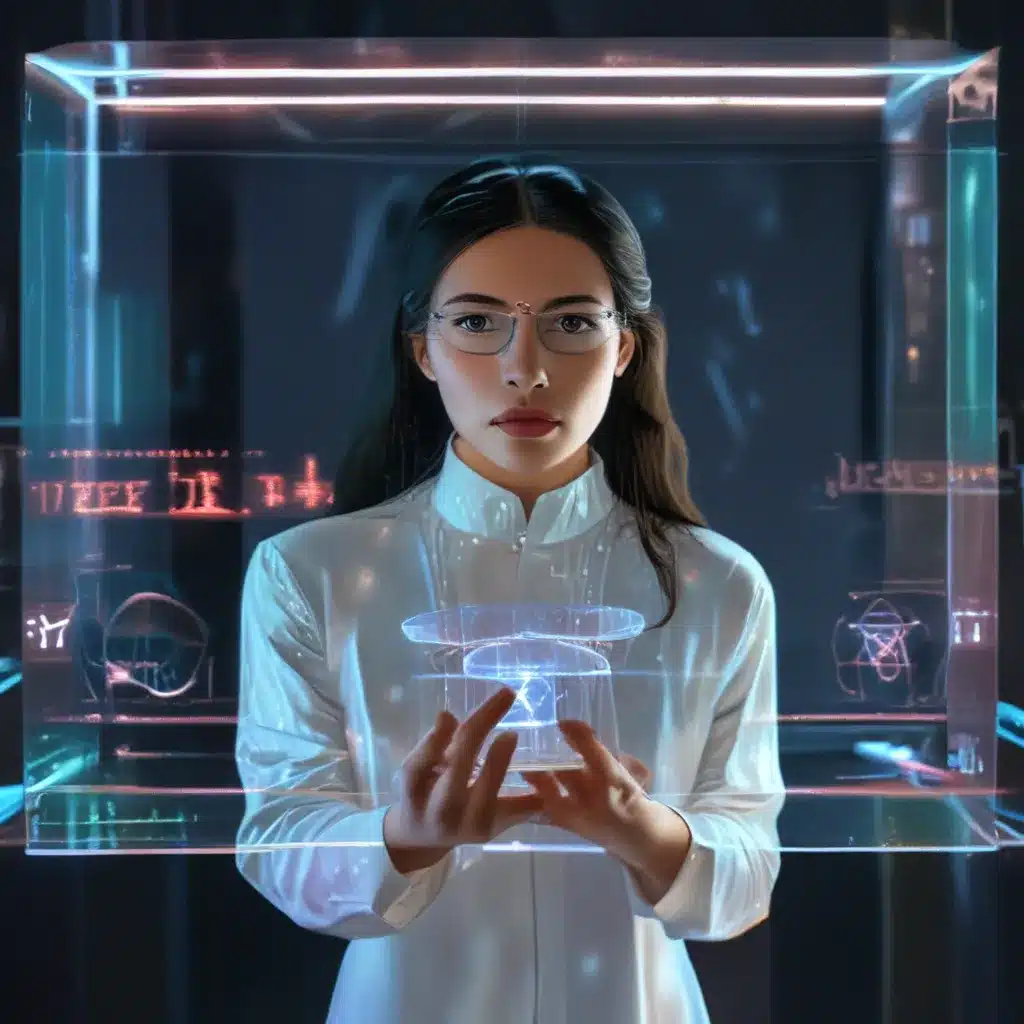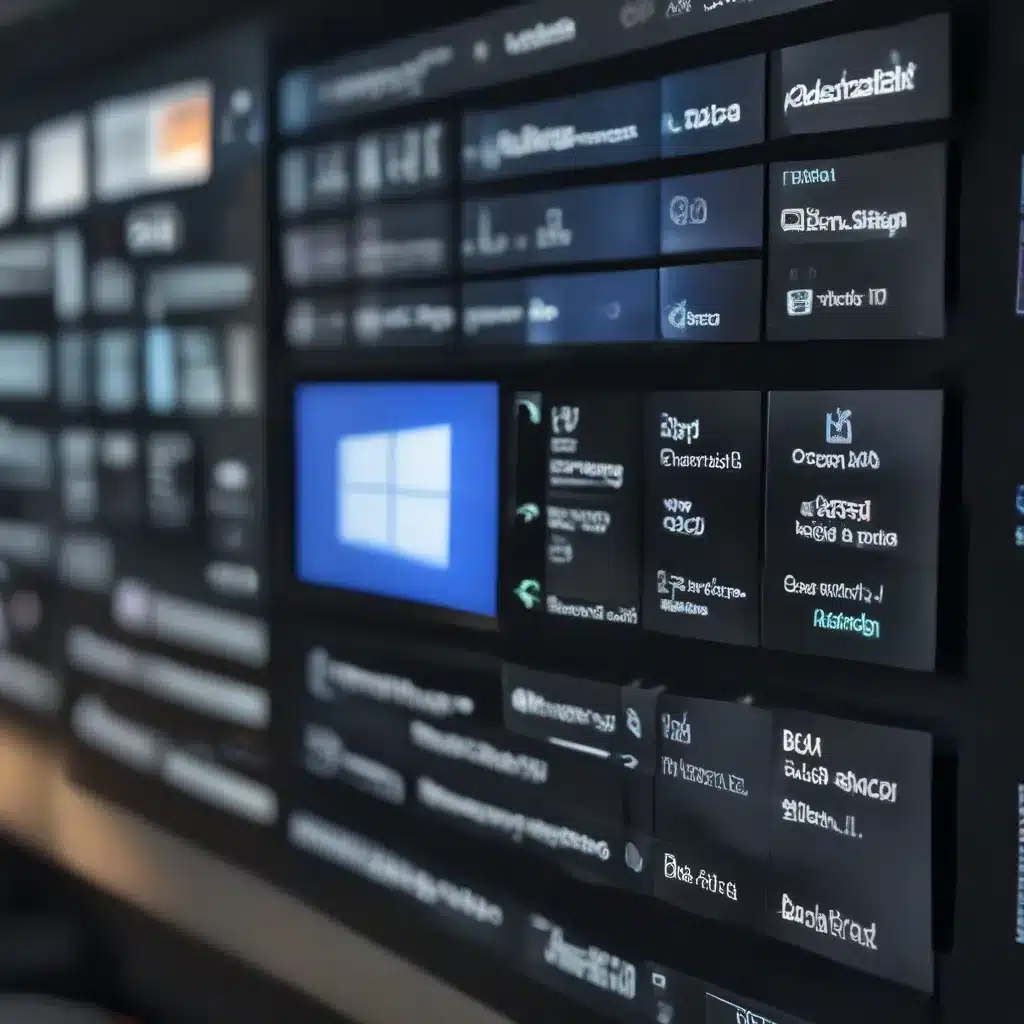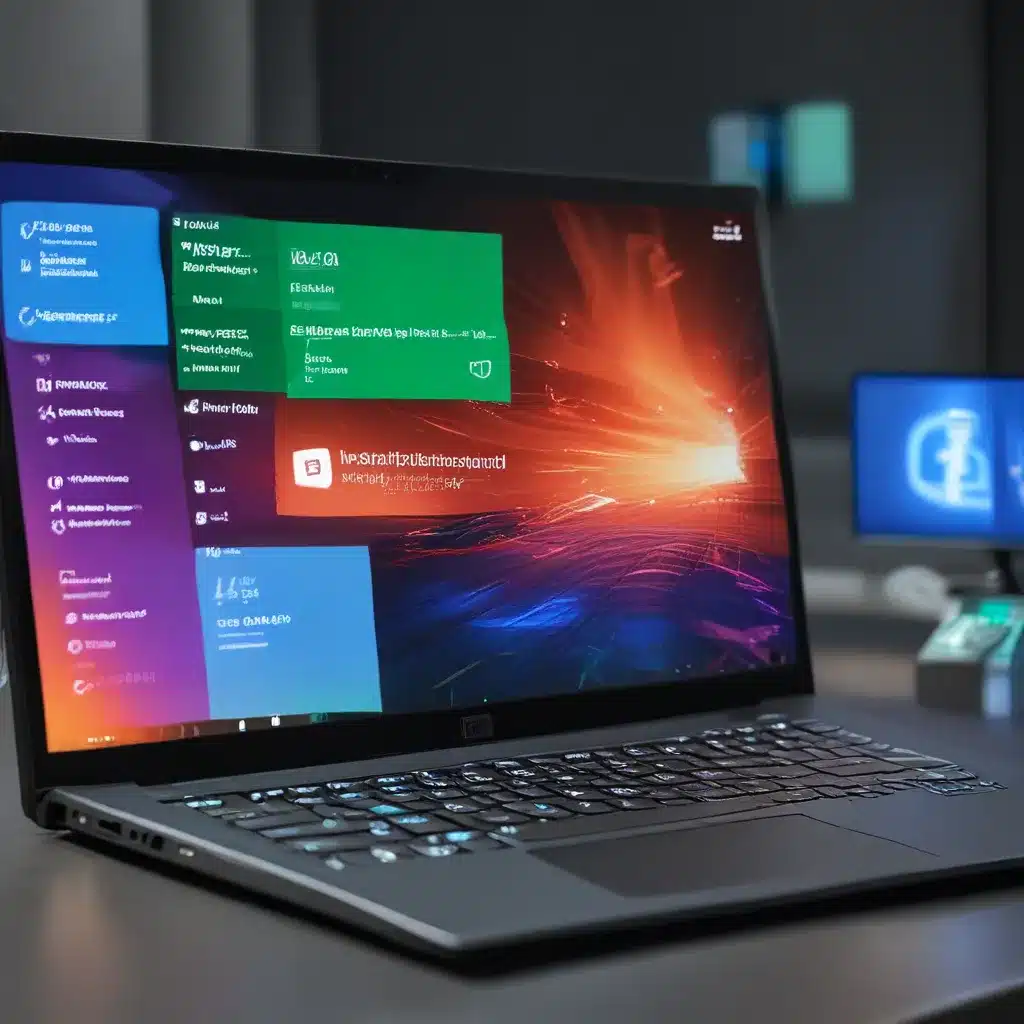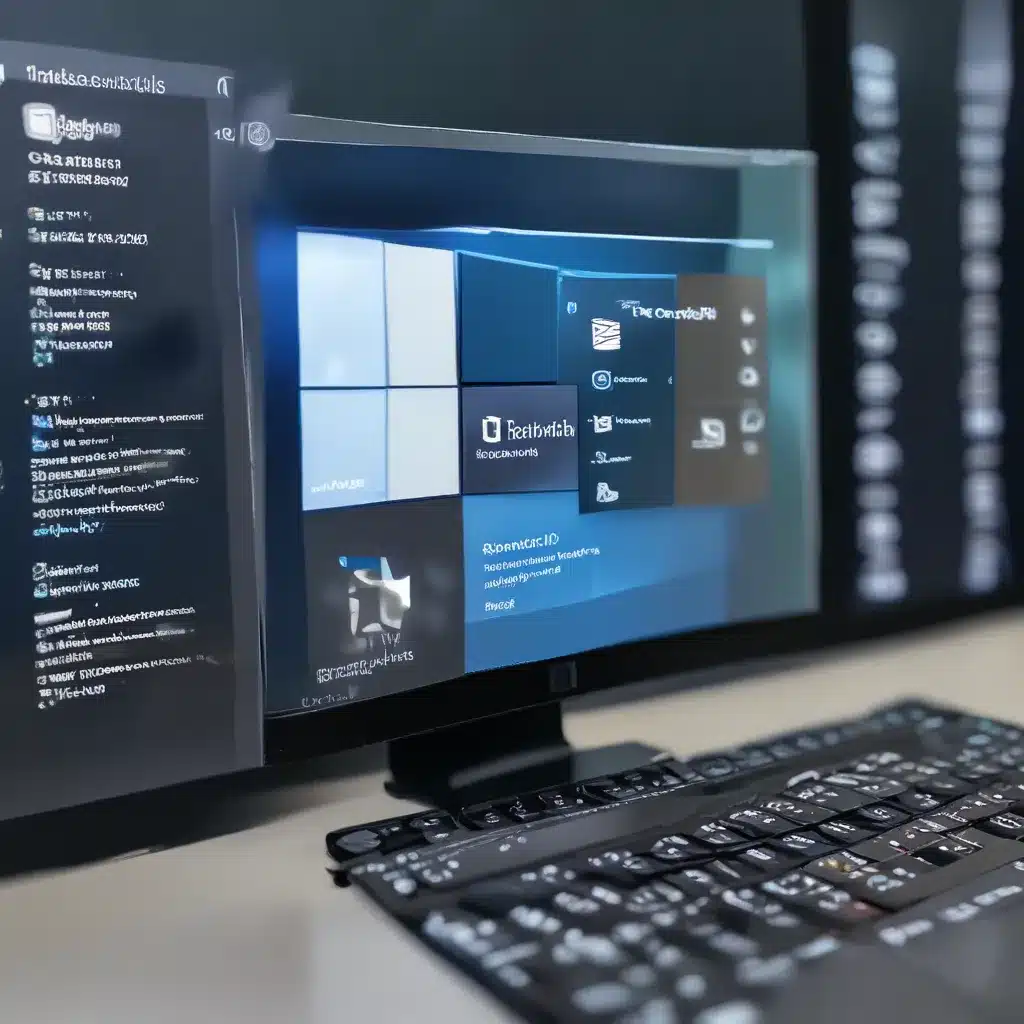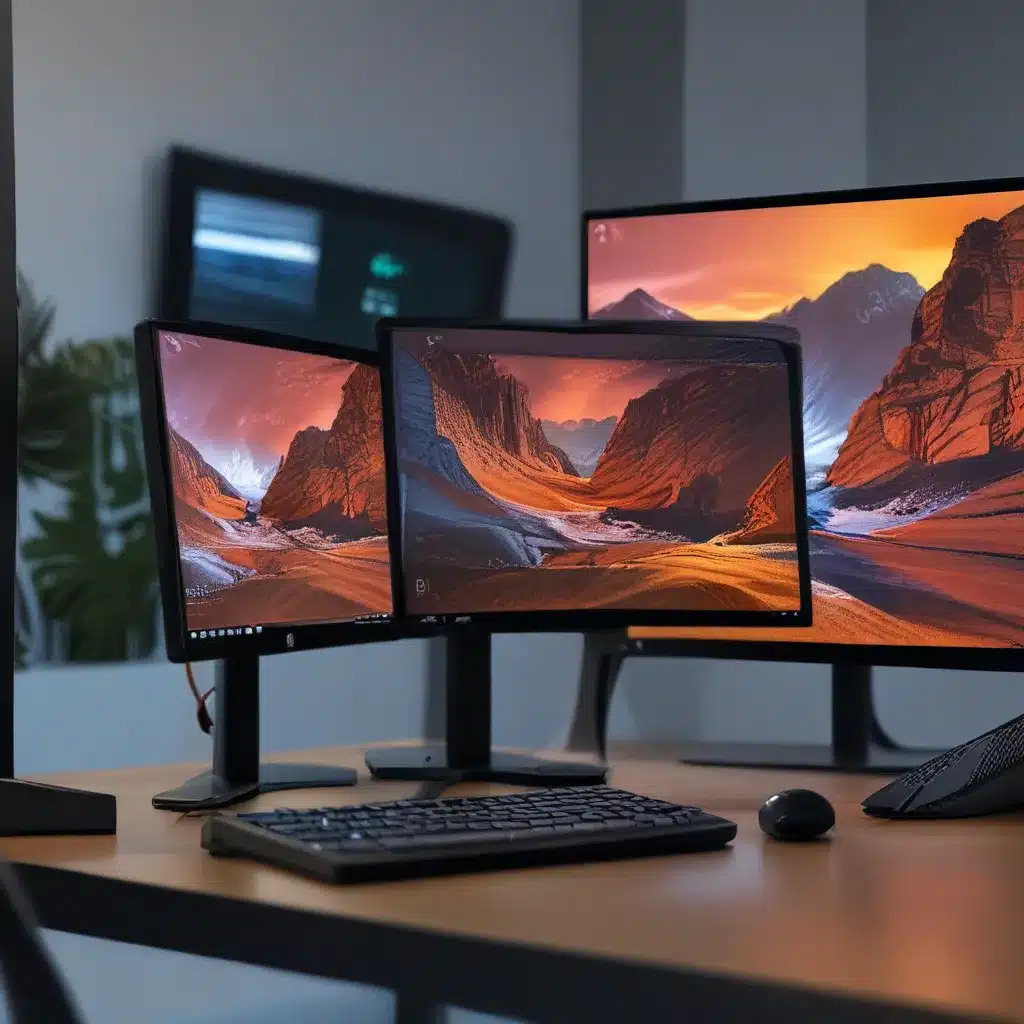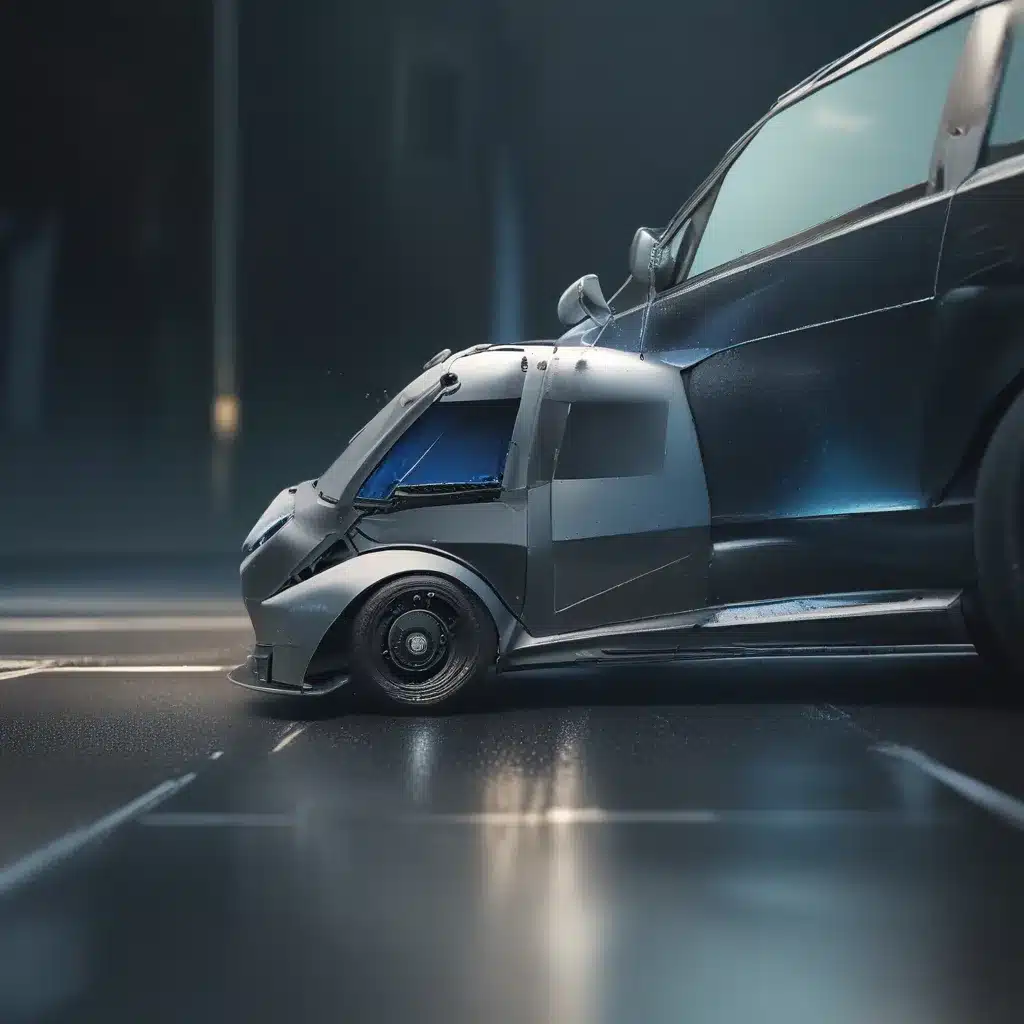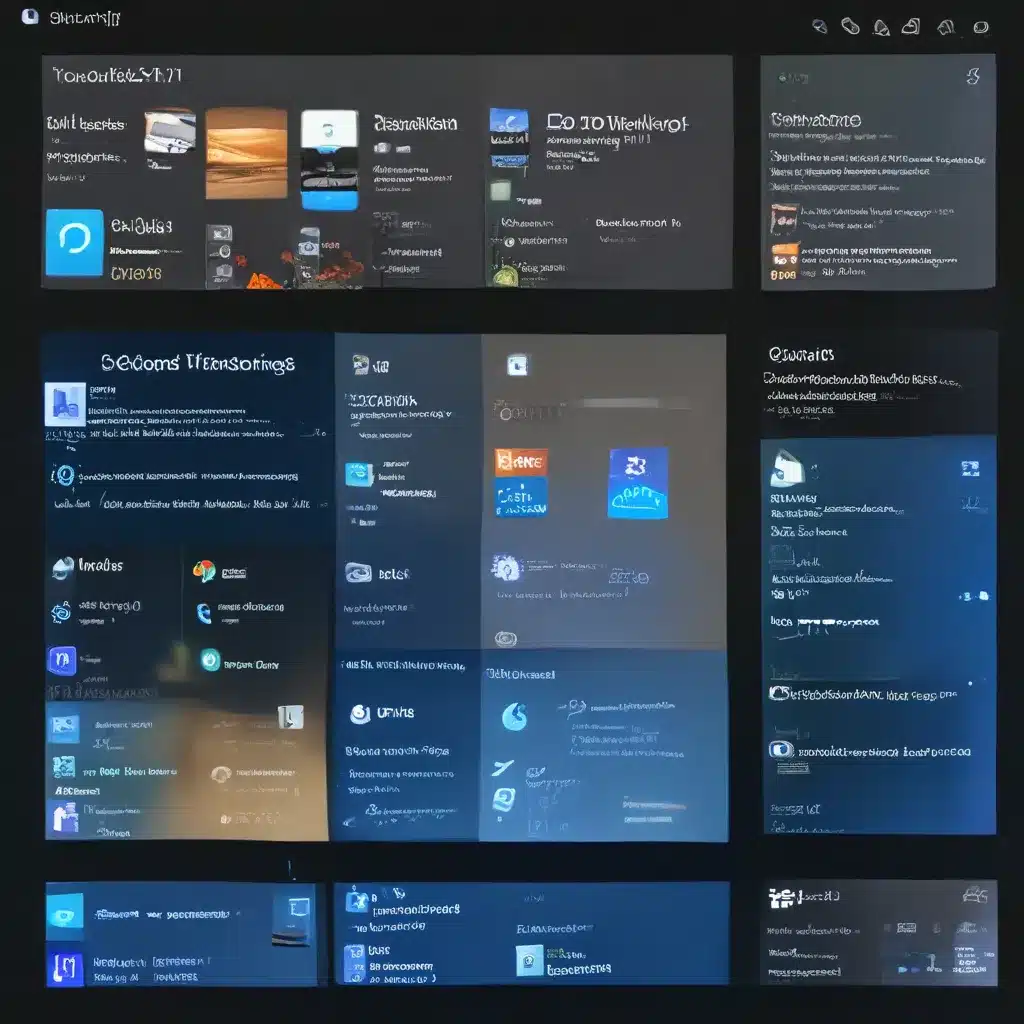A Galaxy (Far, Far Away) of Possibilities
Remember those iconic scenes from Star Wars? The holographic message from Princess Leia to Obi-Wan Kenobi, or the holographic chess game aboard the Millennium Falcon? For years, these captivating images of floating, 3D projections have fired up our imaginations, making us wonder: when will holograms become a reality?
Well, my friends, the future is closer than you might think. Augmented reality (AR) technology is rapidly advancing, and it’s bringing us one step closer to making those sci-fi fantasies a tangible reality. In fact, AR could soon enable us to visualize the person we’re speaking to over the phone in life-sized, 3D form, right next to us in the room.
But that’s just the beginning. As an IT services professional, I’m absolutely fascinated by the potential of holographic technology. From medical imaging to architectural visualization, the applications are endless. Let me take you on a journey through the past, present, and future of this truly mesmerizing technology.
The Holographic Backstory
Believe it or not, the foundations of holography were laid way back in the 1940s, by a Hungarian scientist named Dennis Gabor. Working in the UK, Gabor patented the concept and published a series of papers between 1948 and 1951, all with the aim of revolutionizing microscopy.
Gabor’s idea was to store 3D information as a “diffractive interference pattern” that could later be reconstructed through illumination. Pretty mind-bending stuff, right? But the real breakthrough came in 1960, with the invention of the laser. Suddenly, Gabor’s concepts had the powerful, coherent light source they needed to truly come to life.
Fast forward to the 1970s, and holography was really starting to capture the public’s imagination. Who can forget that iconic scene in the original Star Wars film, where Princess Leia’s holographic message appears to Obi-Wan Kenobi? It was a vision of the future that captivated audiences worldwide.
The Holographic Drought
Unfortunately, the reality of holographic technology didn’t quite live up to the hype. While static, analog holograms became something of a fad in the 80s, the dream of dynamic, holographic displays with moving images remained stubbornly out of reach. Holography largely went “underground” in the 90s, with research confined to a small handful of companies, the military, and academic institutions.
As the researchers at Light2015 blog put it, “Holography has not lived up to the expectations driven by science fiction”. The technology simply wasn’t there yet to create the kind of true, 3D holographic displays we’d seen in the movies.
But just as all seemed lost, a quiet holographic revolution was brewing. Behind the scenes, scientists and engineers were chipping away at the problem, making incremental – but crucial – advances. And now, finally, it seems we’re on the cusp of a holographic renaissance.
The Holographic Renaissance
These days, you’ll find holograms pretty much everywhere you look – from credit cards and banknotes to product packaging. But these aren’t the kind of dynamic, sci-fi holograms we’ve been dreaming of. They’re static, mass-produced affairs, designed more for security and anti-counterfeiting purposes than true 3D imaging.
However, the technology behind these “holographic prints” has been steadily evolving. Companies like Zebra Imaging, Geola, and Ceres Holographics have developed “holoprinters” – essentially holographic printing machines that can create digital holograms. These devices use red, green, and blue lasers to print tiny, sub-millimeter “holographic dots” onto a light-sensitive polymer sheet.
The result? Full-color, 3D images that can be viewed simply by shining a bright light on them. And the really exciting part? These digital holograms can be generated from any kind of 3D data – medical scans, architectural designs, even computer graphics models. The possibilities are endless!
Holographic Displays Take Center Stage
Of course, static holograms are just the beginning. The real holy grail is dynamic, holographic displays – the kind that can project moving, 3D images right before our eyes. And researchers around the world have been making some truly impressive strides in this direction.
Take the work being done at MIT’s Media Lab, for example. In the early 90s, they developed the Mark1 and Mark2 holographic displays, which used diffraction by acoustic waves in an optical material to create their 3D projections. More recently, they’ve been experimenting with fabricated acousto-optical devices and fast-responding, optically-erasable holographic materials.
Over in the UK, researchers at the military contractor Qinetiq were developing a prototype holographic display based on arrays of micro-displays and a powerful computing cluster to handle the complex diffraction patterns. And in the US, a company called Zebra Imaging has been making waves with its “ZScape” display, which uses a tiled array of electro-optical elements to create its holographic images.
The common theme here? Everyone is working hard to overcome the massive technical challenges involved in building a truly practical, commercially viable holographic display. Things like the need for microscopic structures, real-time computation, and lightning-fast data transfer rates – it’s no easy feat.
Holographic Constraints and Compromises
But instead of trying to brute-force their way through these problems, some researchers have taken a different approach. They’ve realized that by placing certain constraints on the holographic technology, they can actually simplify the underlying components and data requirements.
The SeeReal approach, for instance, uses a LCD display as a light-steering mechanism, combined with eye-tracking to present a holographic image within the observer’s field of view. This dramatically reduces the resolution, bandwidth, and computational power needed compared to a traditional holographic display.
Meanwhile, Holoxica has taken a “volumetric” approach, where they’ve prioritized scalability and viewability over raw image quality. Their latest holographic displays may not have the pin-sharp resolution of their sci-fi counterparts, but they can be viewed by multiple observers at once – a crucial real-world requirement.
And then there’s Leia Inc, a spin-off from HP, which is using multi-directional grating structures and masking to simplify the hardware side of things. The tradeoff? A reduction in image resolution, but a more practical, affordable end product.
Practical Holograms for the Here and Now
So where does all this leave us? Well, the good news is that holographic technology is no longer stuck in the realm of science fiction. As the team at Medium points out, digital holograms are now commercially available for everyone to enjoy. You can find them in all sorts of applications, from medical imaging and scientific data visualization to military terrain modeling and architectural design.
And the future is looking even brighter. According to the researchers at Light2015 blog, we’re likely to see desktop-sized “holoprinters” hitting the market within the next few years – small enough to sit alongside your regular laser printer, but capable of producing stunning, full-color 3D holograms.
As for those dynamic, holographic displays we’ve been dreaming of? Well, the experts seem to agree that we’re getting closer every day. There are still plenty of technical hurdles to overcome, but the pace of innovation is accelerating. And with companies like ITFix leading the charge in IT services and emerging technologies, I have no doubt that we’ll be enjoying our very own holographic chess games (without the risk of a Wookiee-induced meltdown) sooner rather than later.
So there you have it, my friends. Holograms – once the stuff of pure science fiction – are rapidly becoming a practical reality. And with the incredible advancements happening in this field, I can’t wait to see what the future holds. Who knows, maybe one day we’ll even be able to summon a life-sized, 3D Princess Leia right in our own living rooms. The Force is strong with this one, indeed.

